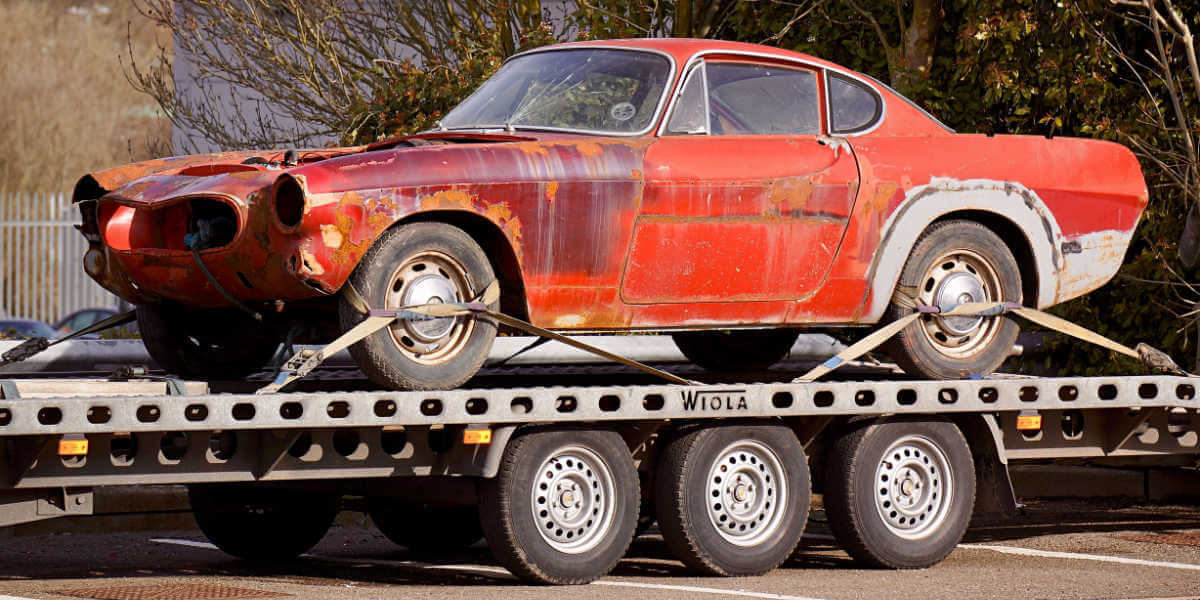How to Tow A Vehicle in an Emergency
Trying to lift or tow your vehicle by the bumpers will cause serious damage. The bumpers are not designed to support the vehicle’s weight. Never tow your vehicle with just a rope or chain. It is very dangerous, since ropes or chains may shift from side to side or break. Improper towing such as towing behind a motorhome or other motor vehicle can damage the Transmission. If your vehicle must be towed with the front wheels on the ground:
- Check the ground underneath the vehicle around where the transmission housing is For a fluid leak. If you find a leak, call a professional towing service and have your vehicle inspected by a dealer.
- Put a cloth on the edge of the cover. Carefully pry with a small flat-tip screwdriver or a metal fingernail file to remove the cover. The detachable towing hook mounts on The anchor in the front bumper.
- Take the towing hook and the wheel nut wrench out of the luggage area.
- Screw the towing hook into the hole, and tighten it with the wheel nut wrench Securely.
- Hook the towing device to the towing hook.
- Start the engine. If it is difficult to turn on the engine, put the ignition switch in ACCESSORY or in ON position
- Manual Transmission models: Shift to Neutral.
- Continuously Variable Transmission models: Depress the brake pedal.
- Shift to Drive mode and hold for five seconds, then to Neutral
- 10. All models: Release the parking brake.

If your vehicle must be towed with the front wheels on the ground.
Continuously Variable Transmission CVT Models only: If you cannot shift the transmission or turn on the engine, will damage the transmission. Your vehicle must be transported with the front wheels off the ground.
Models with the keyless access system have an ENGINE START/STOP button instead of an ignition switch.
Note:
If you cannot turn on the engine, you may experience the following while your vehicle is being towed. Braking may become difficult since the brake system’s power assist is disabled. The steering wheel becomes heavy as the power steering system is disabled. Turning the ignition switch to LOCK (0*1 locks the steering wheel.
With the front wheels on the ground, it is best to tow the vehicle no farther than 80 km and keep the speed below 55 km/h. Going down a long slope heats up the brakes. This may prevent the brakes from working properly. If your vehicle needs to be towed on an incline, call a professional towing service.
Make sure to use the properly designed and attached towing equipment. Manual transmission models Turning the ignition switch to LOCK (0*1 locks the steering wheel.
With the front wheels on the ground, it is best to tow the vehicle no farther than 80 km and keep the speed below 55 km/h. Going down a long slope heats up the brakes. This may prevent the brakes from working properly. If your vehicle needs to be towed on an incline, call a professional towing service. Make sure to use the properly designed and attached towing equipment.
Article Source
Cover photo by Juup Schram






